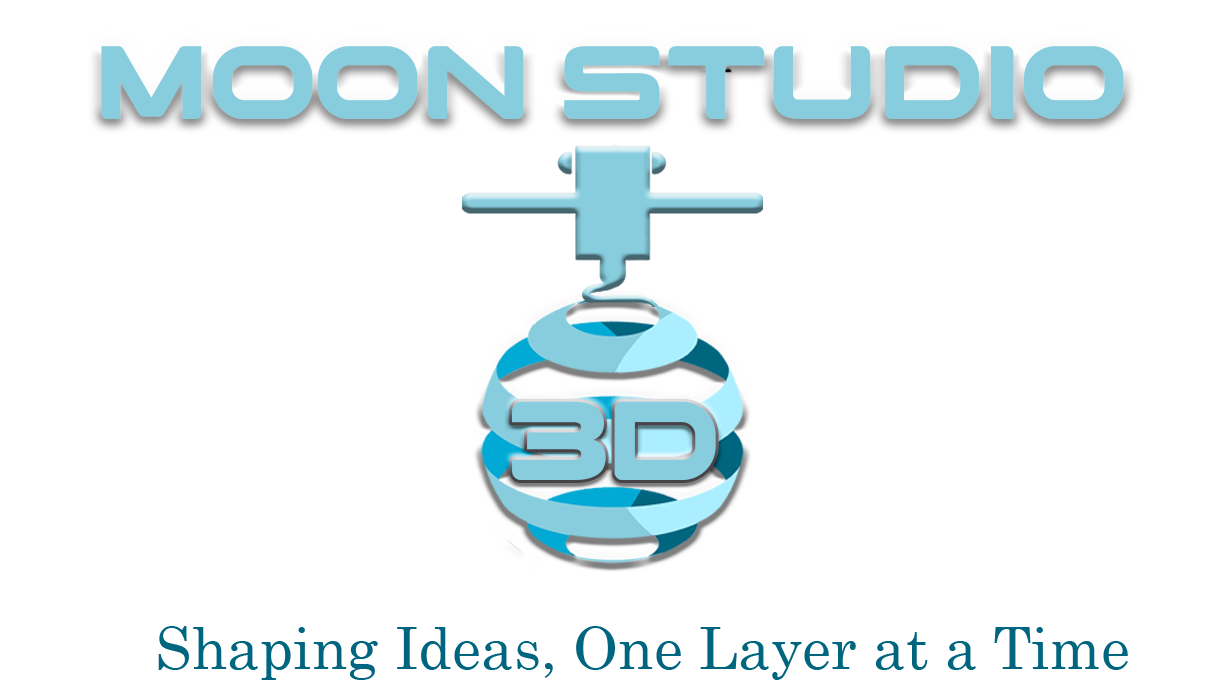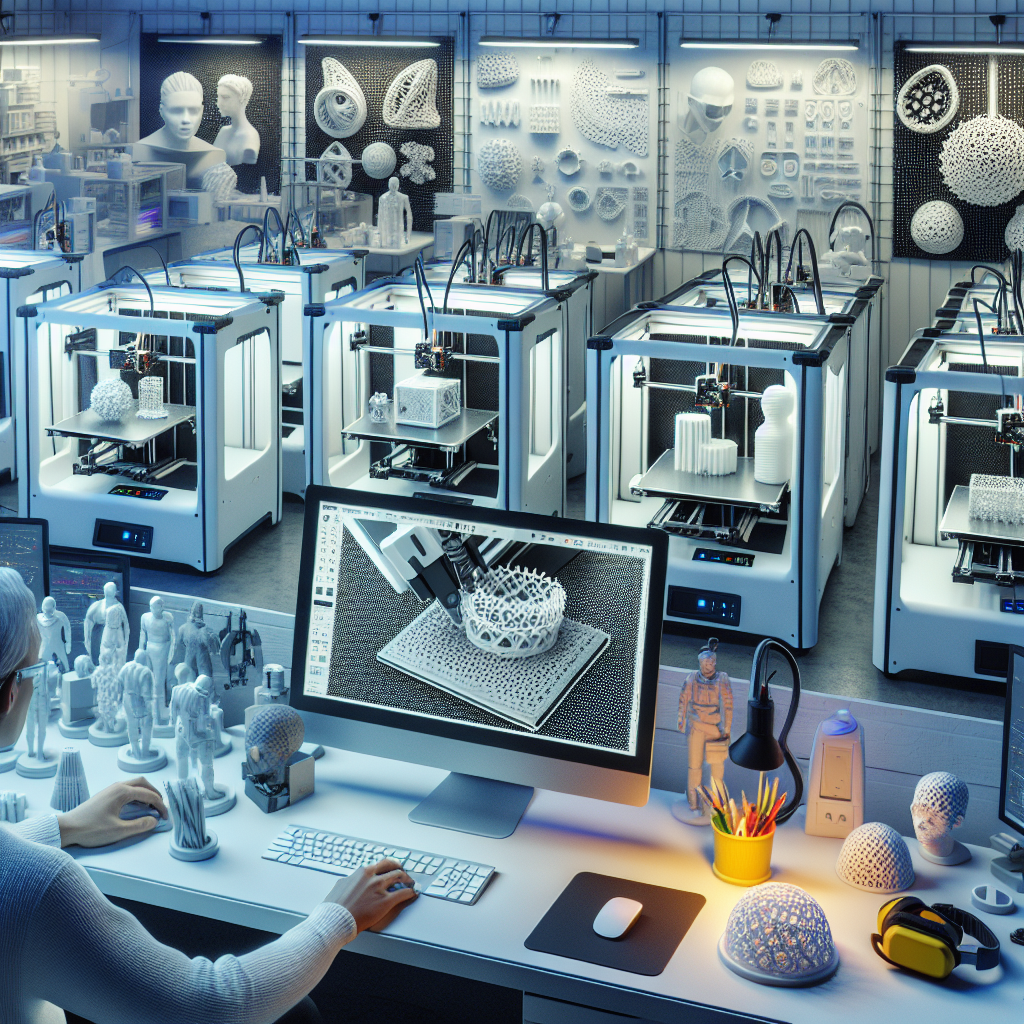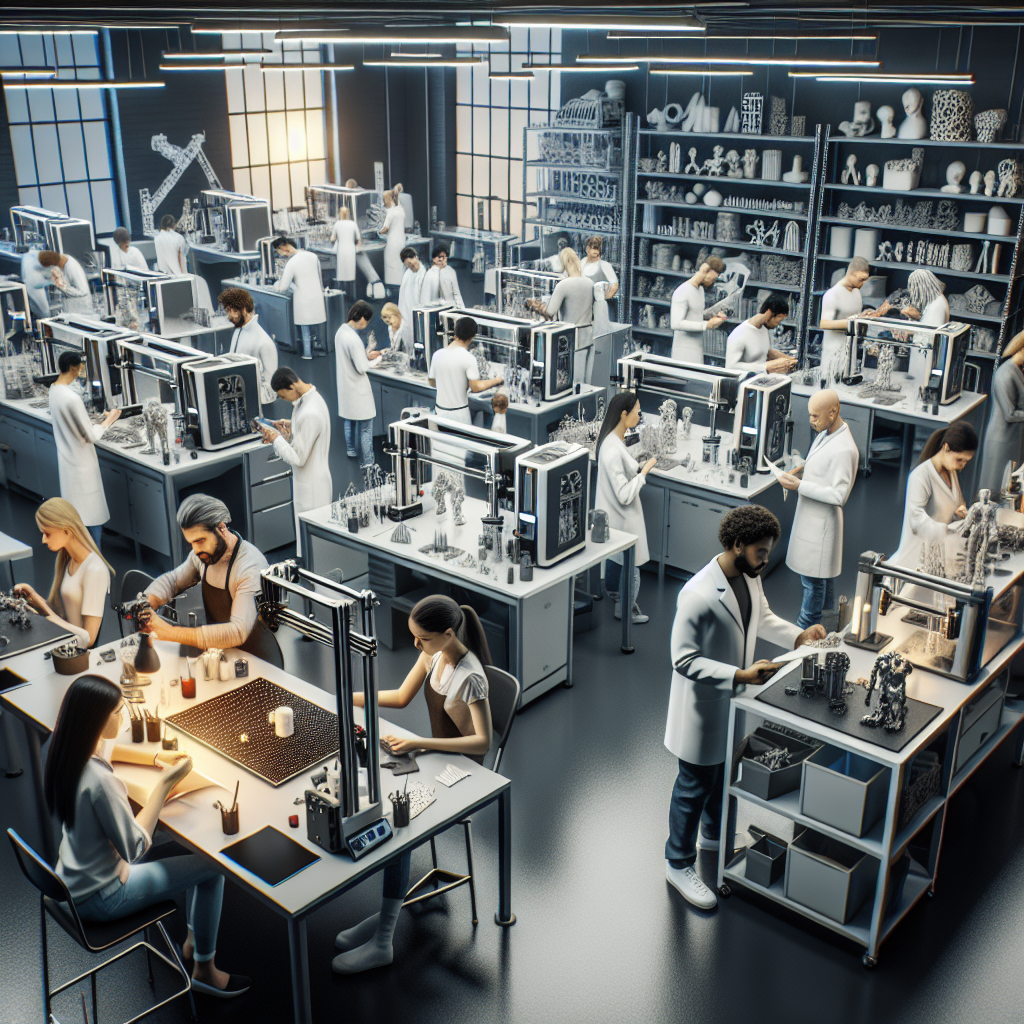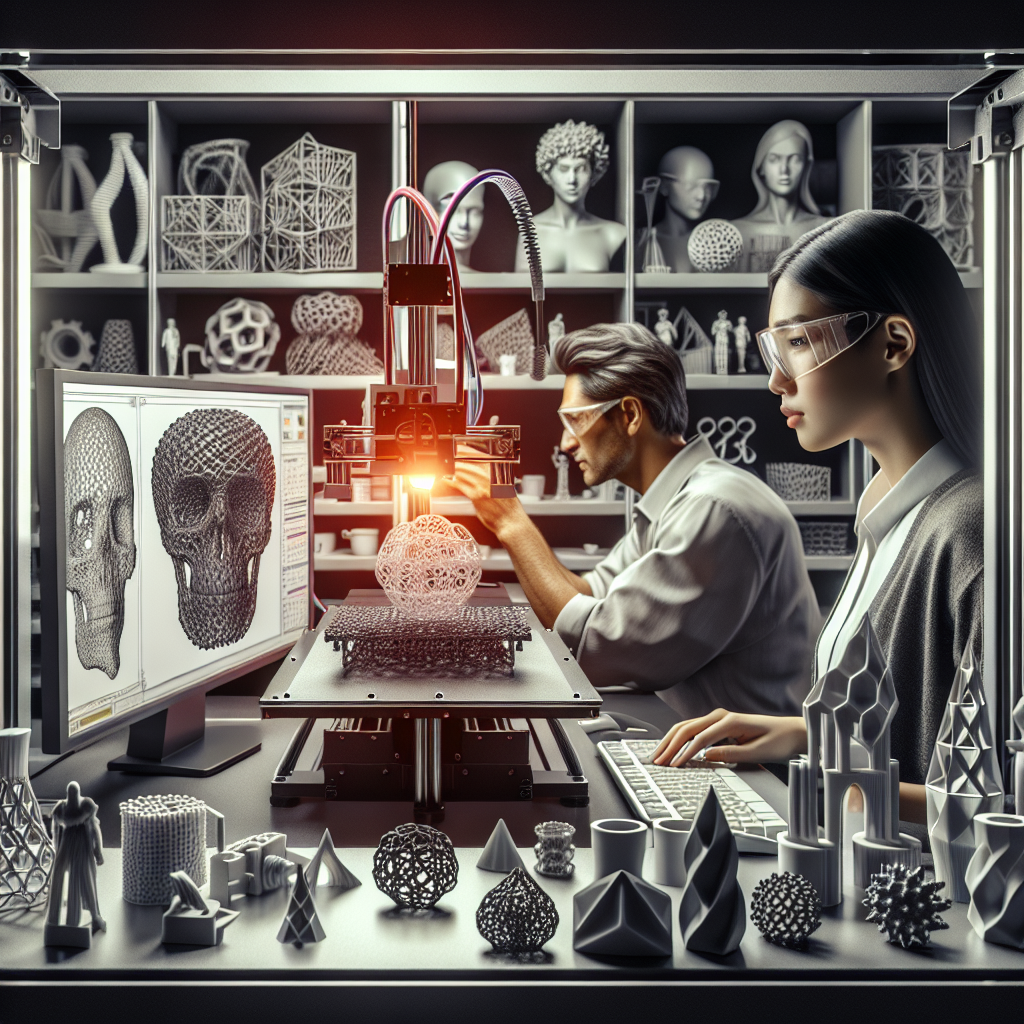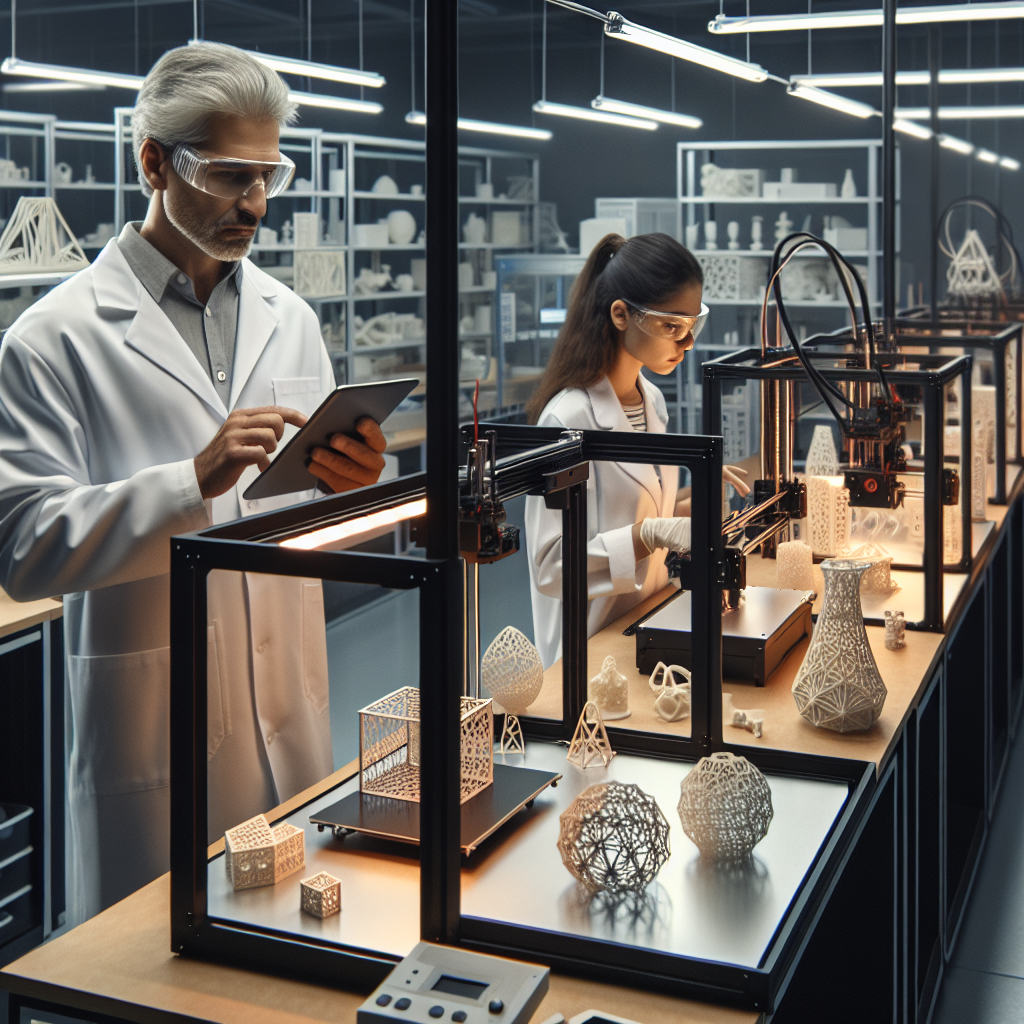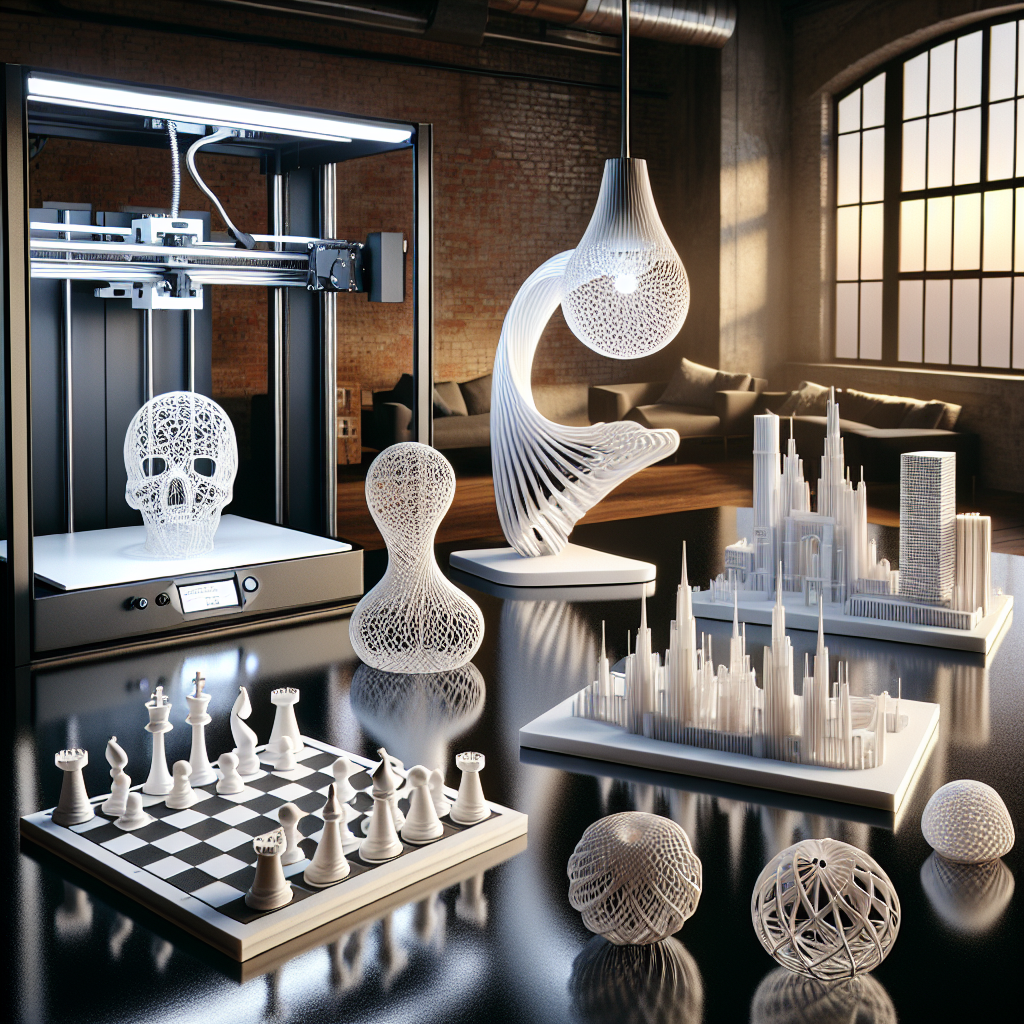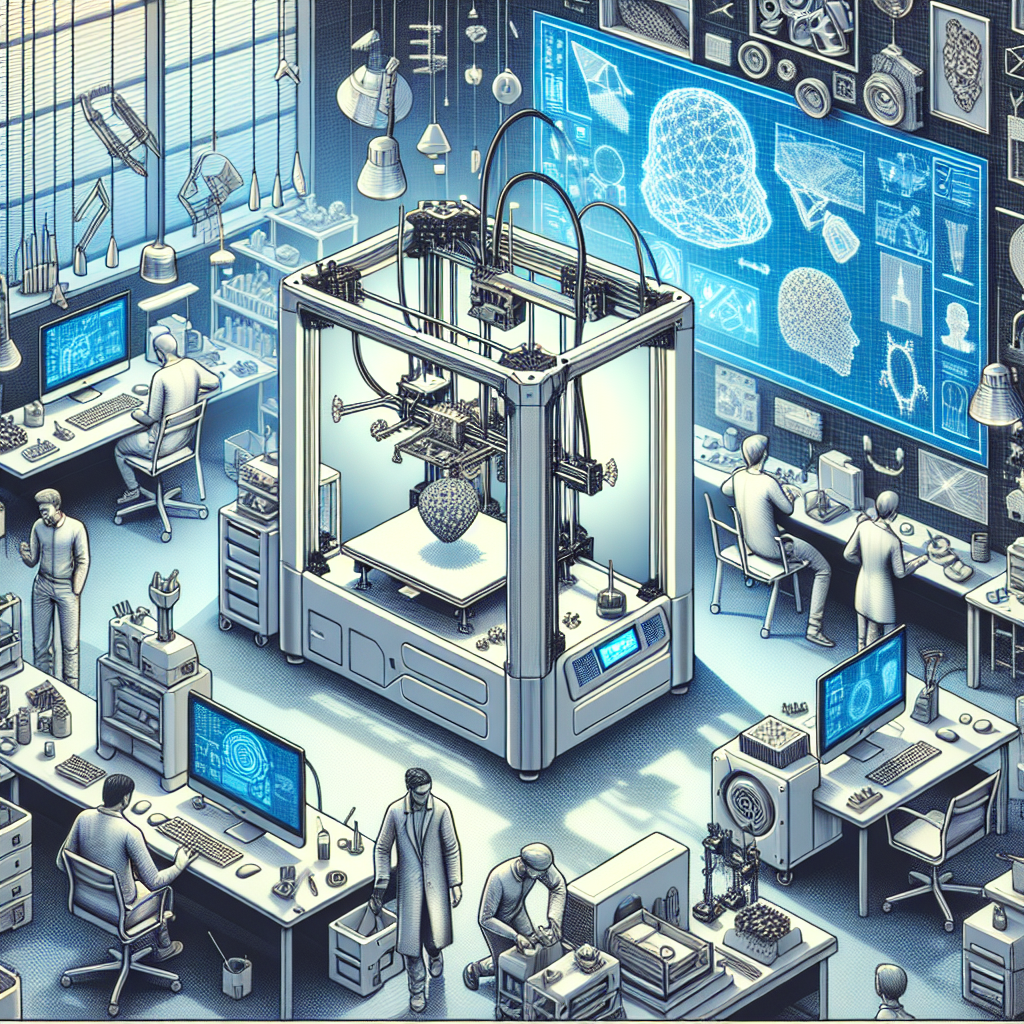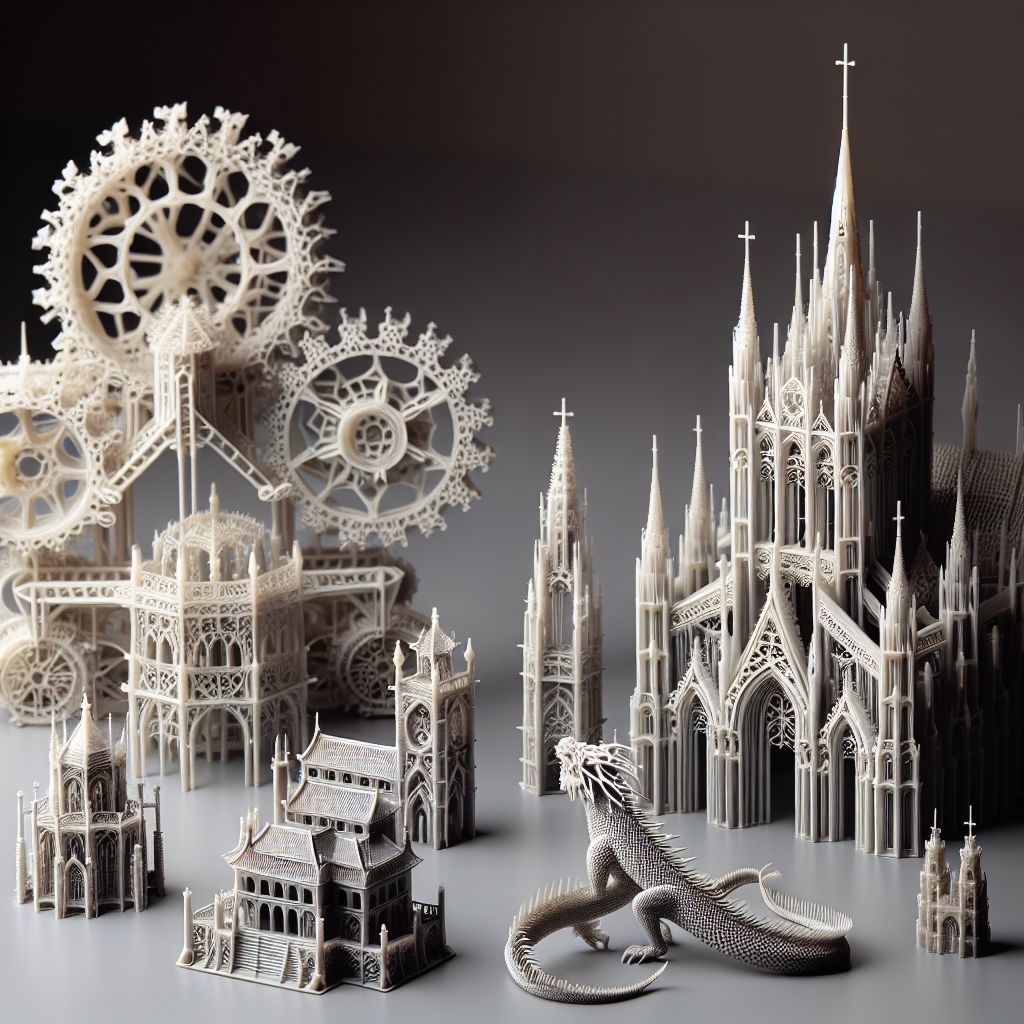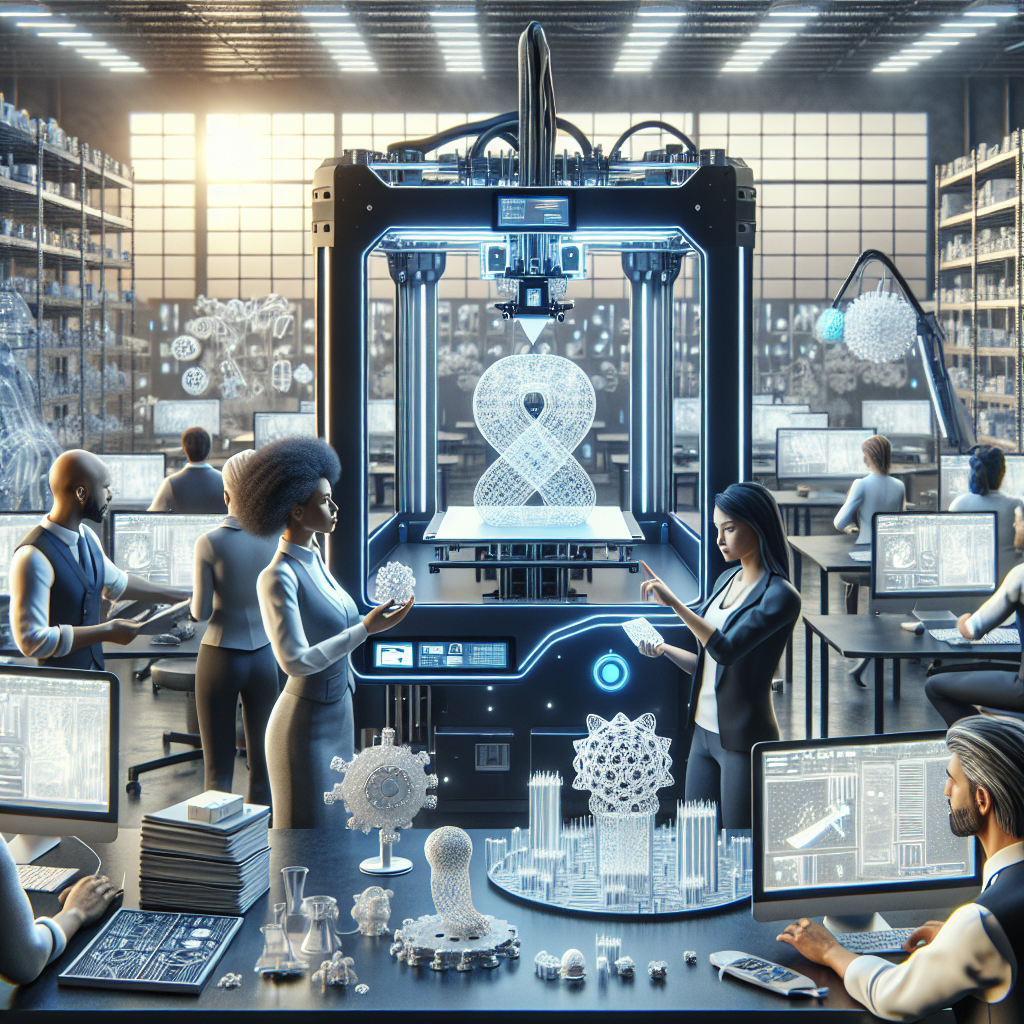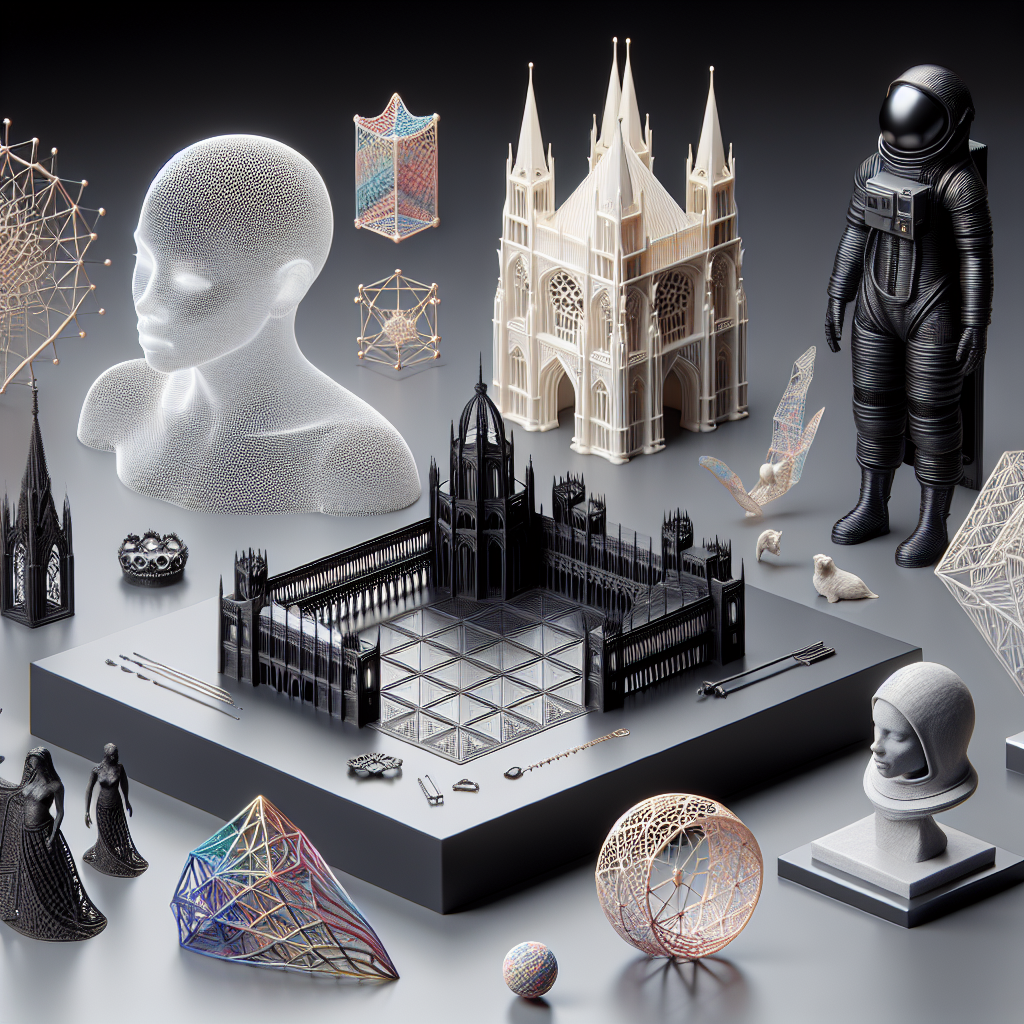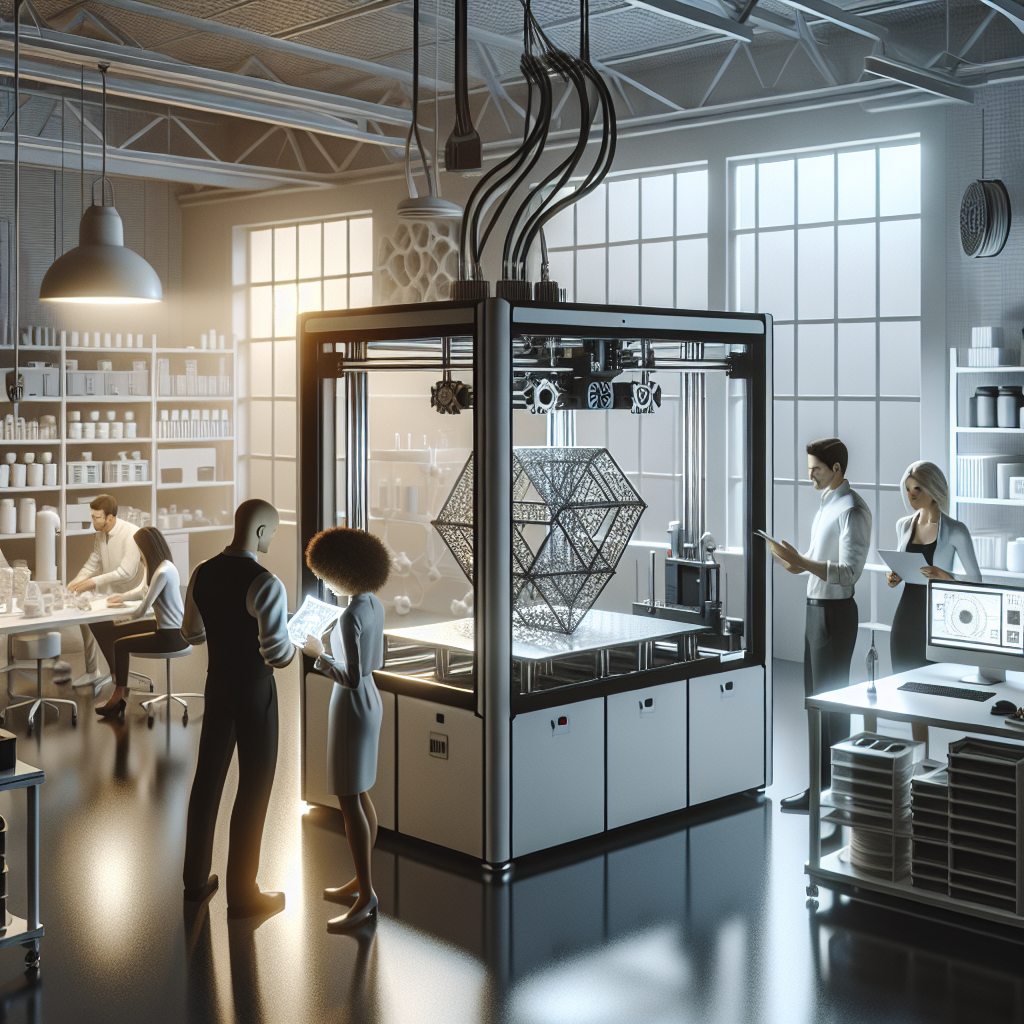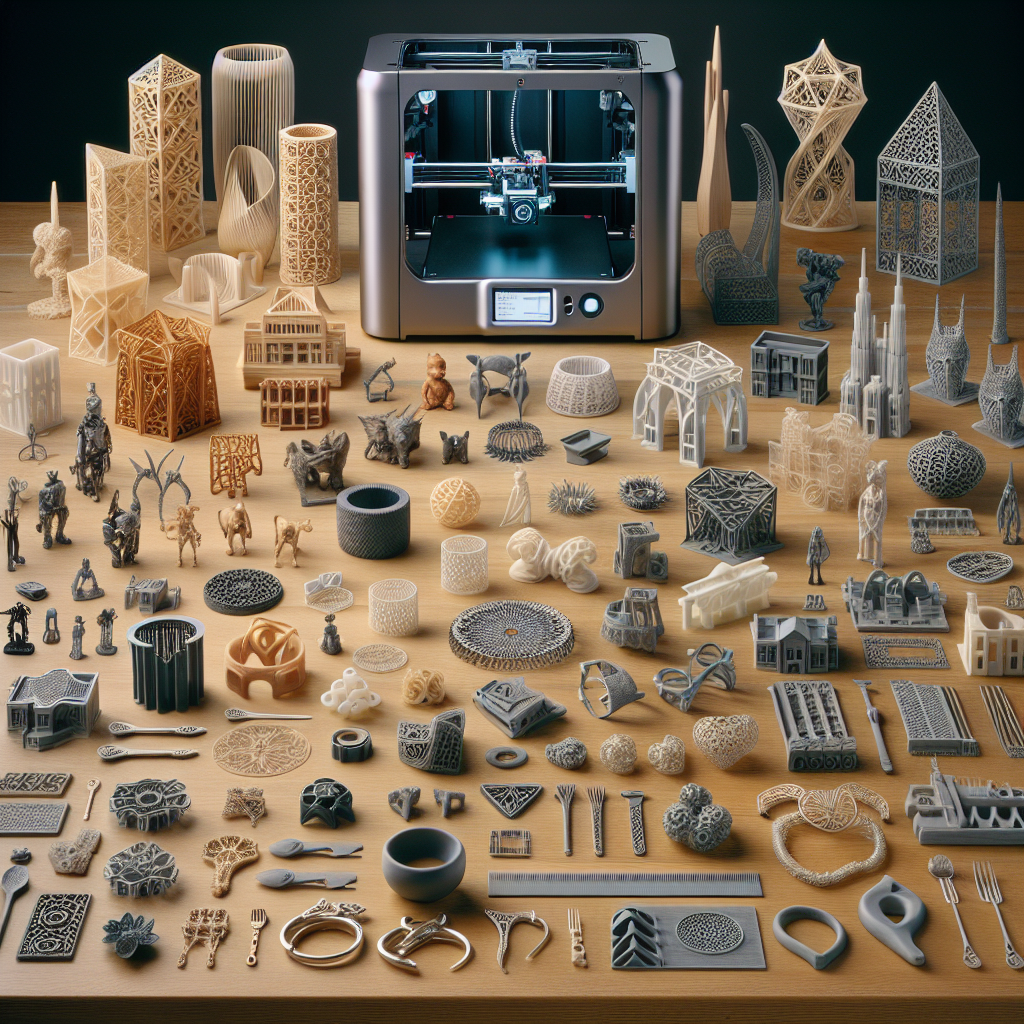3D printing has revolutionized industries by offering rapid prototyping, customization, and the ability to create complex geometries that were previously unimaginable. However, as the technology becomes more pervasive, the demand for high-quality parts has intensified. The quest for precision, strength, and aesthetic excellence in 3D printed parts is key to leveraging the full potential of this groundbreaking technology.
Understanding Quality in 3D Printing
Achieving high-quality parts in 3D printing involves various factors, including material selection, printing technology, design optimization, and post-processing techniques. To produce parts that meet rigorous standards, one must carefully calibrate each of these parameters.
- Material Selection
The choice of material significantly impacts the durability, color accuracy, and surface finish of the printed part. Plastics, metals, resins, and composites each have unique properties and are suited to specific applications. For example, PLA and ABS are popular choices in consumer markets, while aerospace and automotive sectors may lean towards advanced composites and metal alloys.
- Printing Technology
The type of 3D printing technology employed—FDM, SLA, SLS, or others—can drastically affect the quality of printed parts. Each has its advantages and trade-offs that influence surface finish, dimensional accuracy, and feature resolution. For instance, SLA 3D printing is known for delivering smooth surfaces and high-resolution details, making it ideal for applications requiring fine textures.
- Design Optimization
One of the most crucial steps towards achieving excellence in 3D printing is the design phase. Engineers and designers must account for the limitations and strengths of 3D printing at the outset to ensure parts are manufacturable and meet quality expectations. Using CAD tools to create optimized designs that consider support structures, orientation, and layer thickness can enhance the output significantly.
- Post-Processing
Post-processing can redeem a seemingly mediocre print and elevate it to high-quality status. Techniques such as sanding, painting, annealing, and chemical smoothing can transform the tactile and visual appeal of a part. For applications requiring mechanical durability, heat treatments and sealants can also be crucial in improving a part’s performance and lifespan.
Challenges to Overcome
Despite its potential, achieving excellence in 3D printing requires overcoming numerous challenges:
- Consistent Quality Control
Maintaining consistent quality in 3D printing is challenging due to the layers of complexity in the technology. Each layer deposition must be precise, and any deviation can result in defects. Implementing stringent quality control measures and leveraging advanced monitoring technologies can mitigate these issues.
- Material Limitations
Though the range of 3D printing materials is expanding, there are still limitations in terms of performance, especially concerning strength, heat resistance, and flexibility. Continued research into material science is necessary to overcome these barriers, allowing teams to produce parts that genuinely compete with those made by traditional manufacturing methods.
- Speed vs. Quality
A frequent trade-off in 3D printing is between speed and quality. Increasing print speed often leads to inferior quality outputs. Achieving the right balance through precise printer calibration and informed material choices is vital for high-quality, efficient production.
Success Stories in High-Quality 3D Printing
Many companies stand out in their quest for excellence in 3D printing by adopting best practices. An inspiring success story comes from the realm of jewelry design, where intricate and highly personalized designs are brought to life with unmatched precision. Similarly, the production of custom prosthetics using 3D printing showcases how precise methodologies can solve complex individual needs.
Recommendations for Achieving Excellence
To consistently produce high-quality 3D printed parts, consider the following recommendations:
-
Invest in the Right Technology: Choose a 3D printer that aligns with your quality objectives and production needs. Opt for technologies that offer the level of detail and accuracy required for your specific applications.
-
Engage in Continuous Learning: Stay updated with the latest advancements in 3D printing technologies, materials, and processes by following industry leaders like MoonStudio3D.
-
Implement Robust Quality Control: Develop a comprehensive quality assurance plan that covers every stage of the printing process, from design to post-processing. Use real-time monitoring tools and gather data to identify and rectify any deviations swiftly.
-
Optimize Designs: Work with skilled designers to create CAD models that are optimized for the 3D printing process, reducing the need for extensive post-processing.
- Foster Collaboration: Work collaboratively across departments to ensure that all stakeholders understand the end goals and work towards producing parts that meet the required standards.
Conclusions
The journey towards achieving excellence in 3D printing is challenging but promises rewarding outcomes. A strategic approach that combines optimal material selection, advanced printing technology, thoughtful design, and effective post-processing can lead to the production of high-quality parts that redefine potential applications. As the technology evolves and the pool of available materials widens, businesses and innovators have more tools than ever to realize their visions in ways that were once science fiction.
By embracing a commitment to quality and staying informed about industry trends and technologies, manufacturers can maximize the benefits of 3D printing and unlock new levels of precision, efficiency, and innovation.
For more insights into the world of 3D printing and to explore a range of industry applications, visit MoonStudio3D.
